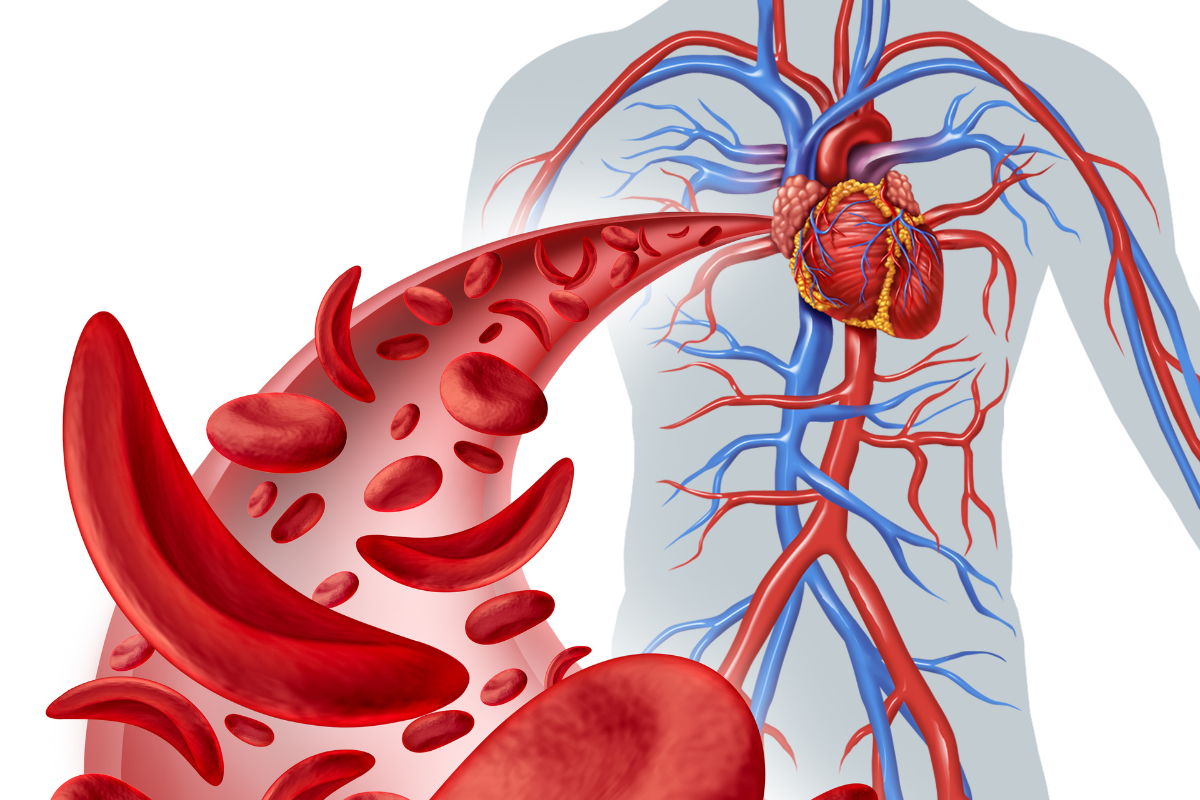Cell Line Development with Advanced Cell Line Engineering

The Cell Line Development market is projected to reach 10,700 million USD by 2027, at a CAGR of 12.5%. Clone selection is a crucial step in cell line development and engineering; it enables stable cell line generation and is closely monitored by regulatory associations. The quality of clone selection is a major factor in assessing and determining the safety and efficacy of a drug product, and as such, there is market interest in increasing efficiency and streamlining the process with advanced cell line engineering.
Key players in the field include Lonza, Thermo Fisher Scientific, Sigma-Aldrich Corporation, Selexis SA, Promega, Corning, WuXiAppTec, and Sartorious. In this article, we delve into some of the current challenges and opportunities facing the industry in this paramount area of cell line development.
Challenges of Increasing Clone Selection Efficacy:
One of the biggest unmet challenges in clone selection today is the lack of deep knowledge of cells during early-stage processing. In particular, understanding the changes in expression that occur during pool stage selection is crucial for determining the efficacy of late-stage development. According to Megane Peltret, Senior Officer at Ichnos Sciences, such “changes could be a result of background processes and feeds, or from the DNA, we just don't have the depth of knowledge at the moment to reach an informed conclusion”.
Other considerations and determining factors may include the novel format or whether the linker used between the Fragment Crystallizable (FC), and a particular molecule is causing the issue. When it comes to addressing these novel complexities, unanswered questions remain.
Developing high throughput platforms for transient expression likewise presents a hurdle. Despite their promise to screen hundreds of discovery hits to comprehend molecular behaviour, the road to clone selection remains a long and arduous one.
Fitting the Molecule to High Throughput: Impediment or Solution?
“Trying to have one platform to fit all molecules is a considerable challenge”, Peltret claimed. “You cannot always guarantee the outcome, and because of Murphy's Law, as you will, not everything can expect to go to plan”, she continued. Minimising the difficulties of establishing an authoritative and all-encompassing process requires forethought. Pharma companies must pre-empt what part of the process will impact sales, how to make the metabolic pathways grow faster, and the repercussions this will have on expression.
Understanding the changes in expression that occur during pool stage selection is crucial for determining the efficacy of late-stage development.
There needs to be a balance between speed and selection of bespoke molecules. When done correctly, this approach will enable troubleshooting; as Peltret explains, “to develop deep knowledge of every aspect of the process, means you will have a degree of control and when challenges occur early on there will be a more efficient way of correcting them”. Splitting up and analysing every workflow stage will foster and facilitate a more profound and actionable understanding of clone selection optimisation.
Advancing Complex Molecules During Cloning:
With an explosion of novel formats coming through the discovery pipeline, Saurabh Sen, Associate Director of Cell Line Development at the Genomic Medicine Unit CMC, Sanofi, is of the opinion that “enhancing the ability to pass on relevant hits with a minimal CMC package is highly beneficial, and there is definitely room for improvement as the process is very tedious at this point in time and very labour intensive”.
Automating the process, however, is one way forward. Sen explains how “one of the biggest challenges we are tasked with as an industry is to provide a solution for improving automation, so we can build a next-generation process or a platform to speed up the timeline”.
These streamlining efforts would encompass the cloning stage (of the early discovery hits at Research) up to the plasmid generation phase to determine how quickly the final high producer clones can be reached. Though to keep in mind that this is done in a transient setting at this point.
- What will the Future of Cell Culture Process Development look like?
- Discover the Legacy and Future Possibilities of AAV Vectors for the Human Gene Therapy Market
- Read the Full Report of our Exclusive ‘Cell Line Engineering' Discussion Report
Prior to process modulation and moving hits into the next stages, it is possible to address the molecule expressibility upfront by conducting a transient linear expression cassette. This will help determine, depending on whether the complex molecule has multiple chains, the necessity of utilising an easy expressing system during the engineering stage.
It also allows scientists to anticipate ahead of time whether to introduce a different leader peptide, change the composition of the linker, or conduct titration of the different chains of the molecule. Speaking on this, Sen noted that “from my own experience, modulating the different parameters, I've seen this increase the titers and product quality of the whole molecule”.
He continued, “if you are getting approximately 50% of heterodimers, which are your molecules of interest, it relatively bumps up to a higher % of the right species with modulation of various parameters, which will definitely enhance the total productivity &yield for that given molecule”. Additionally, if the transient system should express at 150 mg/litre, molecules can easily increase to multiple gm/L, once stable expression is reached.
Therefore, prior to the final molecular design, the role played in transient is significant for increasing productivity. The transient platform will provide an early indication as to whether the molecule has the optimal configuration in order to express it.
What Will the Future of Cell Line Development Look Like?
The industry is facing an increasing need for stable cells lines for Biologics and producer cell lines for gene therapy. It is accepted that stable cell lines produce and ensure therapeutic potential. The need to demonstrate clonality for regulatory approval has meant that now more than ever, the industry must look towards streamlining and optimising clone selection efficacy.
The integrity of clone selection for biopharmaceutical development means that the next couple of years will be exciting ones. With novel platforms and emerging pipelines entering the cell and gene therapy landscape, the future looks promising, and we at Oxford Global have our eyes firmly peeled.
Want to find out more about the latest cell therapy news? Register now for our Cell UK: In-Person event to advance your understanding of cell-based products to ensure clinical and commercial success.





